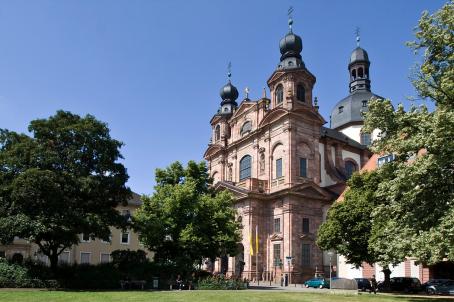Speyer Cathedral

Speyer Cathedral was founded around 1030, under Conrad II (1027-1039). The crypt was consecrated in 1041, and the cathedral in 1061. From 1082 to 1106, it was transformed by Henry IV (1084-1105). The cathedral of Speyer suffered many fires, notably in 1137 and 1159. In 1689, it was seriously damaged by the troops of Louis XIV during the sacking of the Palatinate and burnt down on 31 May 1689. It was rebuilt between 1758 and 1777. After the French Revolution, which damaged the building, the cathedral was repaired again between 1818 and 1821. The interior was painted in the middle of the 19th century but the paintings were removed for some of them during a complete restoration of the cathedral from 1957 to 1961. The cathedral is the largest preserved Romanesque church in the world, an example of Rhineland Romanesque construction that has been on the UNESCO World Heritage List since 1981.





